The anime landscape has rapidly grown over the past few decades, and while this growth has resulted in the emergence of countless new series and niches, one specific genre continually reigns supreme in terms of popularity: shonen anime. Ever since the spawn of the original "Big 3" (Bleach, Naruto, and One Piece) in the early 2000s, shonen anime has consistently graded out as more popular than any other type of series.
Despite shonen's popularity, many shonen anime often receive a disproportionate amount of hate compared to other anime series. The over-saturation of the genre in the modern media market makes its various overused tropes all the more obvious, and although this shouldn't automatically be dismissed as a product of the anime landscape, it has led to hidden shonen gems that deserve more recognition.
10 Deadman Wonderland's Only Season Leaves Viewers Wanting More
Sometimes an anime's lack of success is more attributable to the company producing the series than the actual on-screen material — such is certainly true in the case of Deadman Wonderland. The series, released in 2011, only ran for a single, 12-episode-long season before being canceled, preventing the series from taking advantage of the traction it built with audiences.
Deadman Wonderland's relative brevity and the abrupt ending left a sour taste in the mouths of viewers, which is a shame given the entertaining premise, edgy subject matter, and fun character designs. Manglobe Inc., the production company behind the series, as well as others like Michiko & Hatchin and Samurai Champloo, dissipated after filing for bankruptcy in 2015, so a reboot of this series seems unlikely.
9 Blue Exorcist Draws Inspiration From Shonen Trope
Whereas most shonen anime suffering from poor viewer response usually feature a clear, glaring weakness, Blue Exorcist is instead plagued by a separate issue: consistent mediocrity. Shonen anime are naturally going to succumb to tropes due to their protagonist-driven narrative structure, and Blue Exorcist is no exception, consistently employing elements seen in other similar anime.
However, as series like Black Clover — which hand-picks a lot of concepts from other successful shonen — have gone on to prove, a lack of novelty doesn't necessarily spell the end for titles in its genre. Fans of Black Clover and other similar titles would be wise to check out Blue Exorcist, as it has more than enough potential to capitalize on its fun cast of characters and engaging worldbuilding.
8 Dragon Ball Super's Successes Outweigh Its Production Issues
Before shonen's "Big 3," there was Dragon Ball. As author Akira Toriyama's flagship endeavor, the series and its various sequels have long dominated the shonen landscape, asserting their influence over multiple generations of not only anime, but media in general. Despite all this, Dragon Ball Super, the latest spin-off of the series, was met with significant opposition from fans upon its release in 2015.
The majority of this backlash stemmed from the animation quality (or lack thereof) present in the first two arcs of Dragon Ball Super, and unfortunately, much of this bad publicity was justified — Goku's fights against Beerus and Frieza left plenty to be desired. Thankfully, the poor visual quality quickly disappears as the show moves into other arcs, making Dragon Ball Super worth a second chance.
7 Sword Art Online's First Arc Is Culture-Defining
Quite arguably the crowning achievement for A-1 Pictures, Sword Art Online slots in as one of the most popular anime, let alone shonen, of all time; however, that doesn't mean the series is free from folly. Its writing and narrative structure read more like glorified fan fiction than a blockbuster anime release, and its main character, Kirito, is somehow great at every task that he attempts.
While Sword Art Online's later seasons only double down on this disappointing formula, its first 14 episodes are among the best that the genre has to offer. With a fantastic premise, heart-warming interactions, and lasting relevance to the community, Sword Art Online's first arc is the perfect introduction to anime for new fans of the genre.
6 Fairy Tail's Primary Drawback Stems From Unoffensive Unoriginality
Similar to Blue Exorcist, Fairy Tail suffered more from an overall lack of uniqueness than any one particular issue. Its character design, setting, and thematic elements are all fairly standard, and while this unoriginality doesn't hold the series back too much, it does little to smooth over larger issues like the series' blatant fan service.
Fan service tends to exist in over-abundance within mid-to-late 2000s shonen — in this regard, Fairy Tail is no exception. However, the series' lovable cast of characters, novel power mechanisms, and overall jovial tone make it just unique enough to deserve a second chance.
5 Fullmetal Alchemist Would Be Universally Loved If Not For Brotherhood
Few that consume the original Fullmetal Alchemist will ever argue it wasn't a fantastic series, yet that isn't where most of the gripe regarding this series stems from. Instead, the issue with Fullmetal Alchemist was its unavoidable deviation from the canonical events of the manga.
While Fullmetal Alchemist was airing, its source manga was still in the midst of being written, resulting in the anime diverging from the narrative of the manga. Although the original anime series produced a more-than-acceptable conclusion, most fans prefer Fullmetal Alchemist: Brotherhood and its adherence to the manga, resulting in the original Fullmetal Alchemist being devalued more than it should.
4 Bleach's Filler Is Easy To Avoid In The Modern Day
Rarely does filler impede the audience's ability to consume a series, yet that is exactly what happened in the case of Tite Kubo's seminal work: Bleach. Due to the burden created by its "Big 3" status, the producers of Bleach felt obligated to continue its weekly production process, resulting in an obscene amount of filler — 163 of 367 episodes.
While all the criticism surrounding Bleach's filler issues is warranted, the modern age of television consumption has offset its worst aspects. Filler guides are abundant online, providing viewers a streamlined route to watching the canonical events of the series as intended.
3 Boruto Will Forever Be Compared To His Father
The plight of the sequel is not limited to the silver screen — countless anime, including Boruto, the follow-up title to the world-famous Naruto, have been plagued by comparisons to their parent series. In the case of Boruto, many fans have expressed their dislike for the series not because Boruto itself is a poor project, but rather because it simply doesn't have the same appeal as Naruto.
As Boruto distances itself further and further from the events of Naruto, these comparisons have slowly subsided. Fans sitting on the fence regarding this series would be wise to watch it with an open mind, lest they fall victim to the same appeal-to-tradition fallacy as many other viewers.
2 The Seven Deadly Sins' Issues Cloud A Solidly Constructed Narrative
The Seven Deadly Sins was one of 2015's most popular anime, receiving the honor of being the second exclusive anime to grace the Netflix platform. In spite of this honor, the series' insistence on gratuitous fan-service alienated many of its viewers, which was only worsened by production issues in its third season.
Even though complaints regarding The Seven Deadly Sins' fan service and its subpar animation quality are more than warranted, the dense narrative and worldbuilding of the series alleviate these issues. Should fans push through into later seasons, they will be greatly rewarded for their efforts.
1 Bobobo-bo Bo-bobo's Comedy Polarized Audiences Upon Release
Occasionally, an anime will pop up that suffers from no clear issues in its production, writing, or art style, and yet still turns away viewers with its peculiarity — Bobobo-bo Bo-bobo is one such series. Rife with nonsequiturs and absurdities, Bobobo-bo Bo-bobo, centered around its titular main character, polarized audiences with its comedy upon its release in 2003.
Few would ever claim that Bobobo-bo Bo-bobo is the height of artistic expression, but the negative response surrounding its initial release can almost certainly be chalked up to the high-stakes, power-scaling expectations that characterized the shonen-centric perspective of the early-2000s. With a set of modern eyes and fair expectations, modern anime watchers will likely find this series to be a laughter-inducing delight.

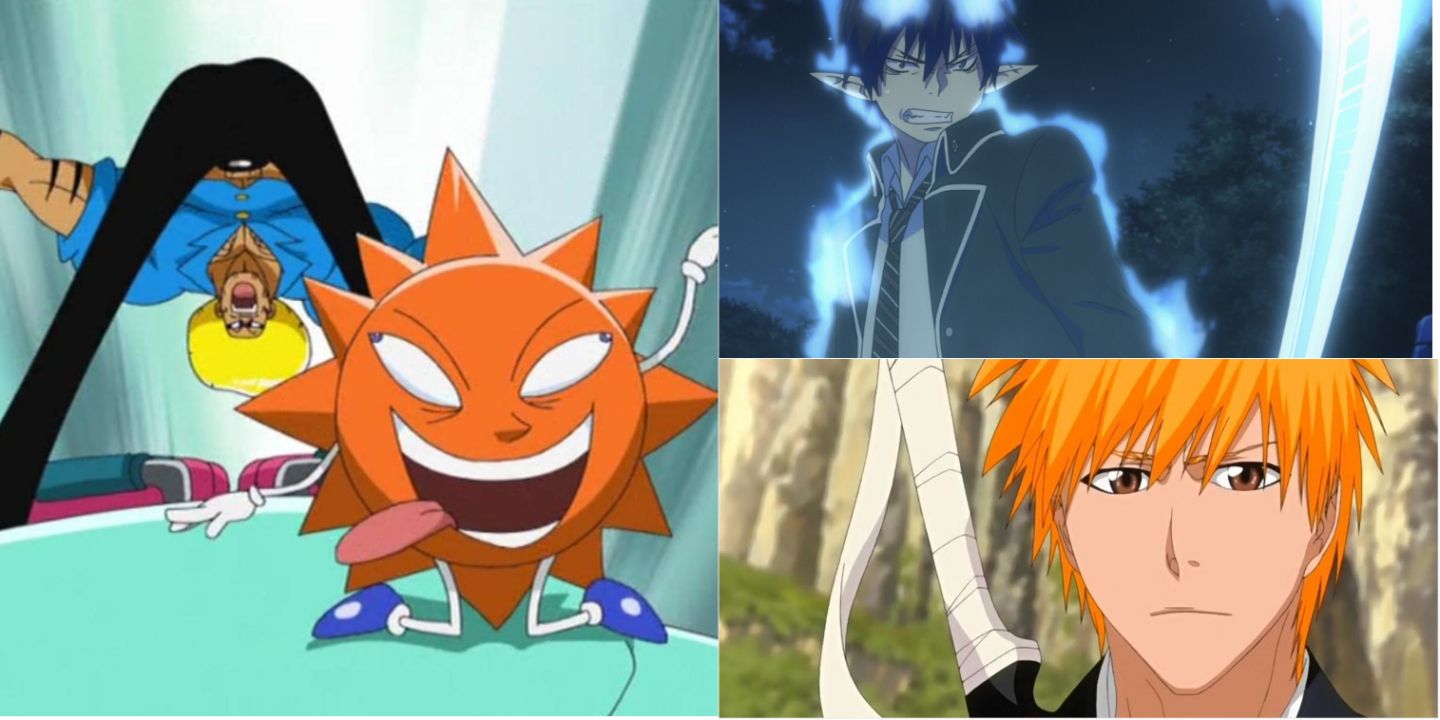
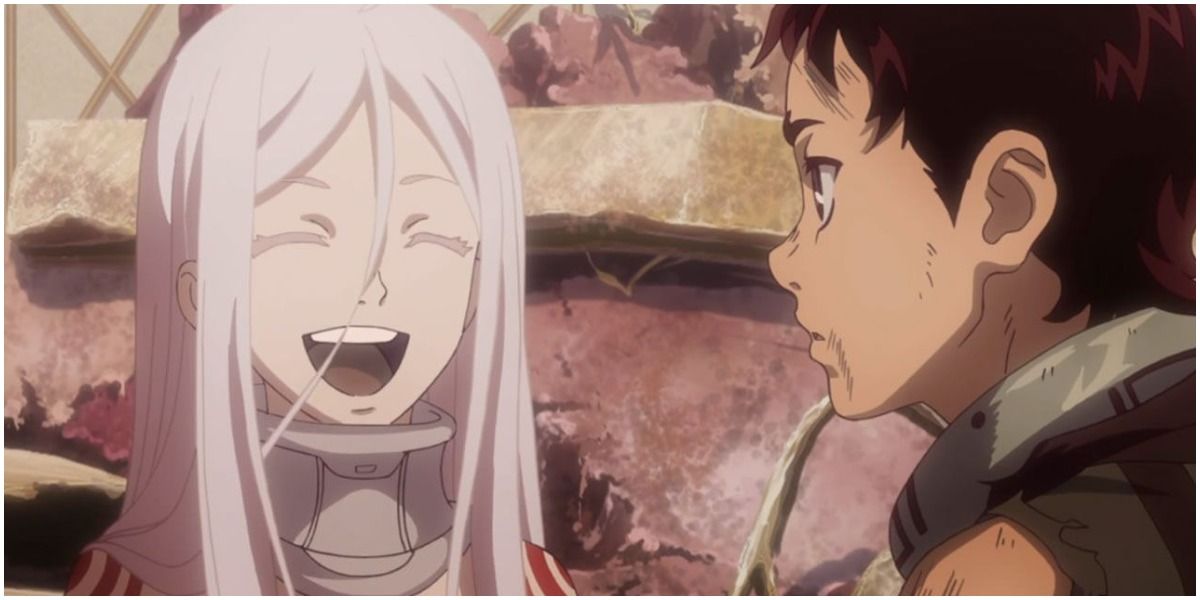
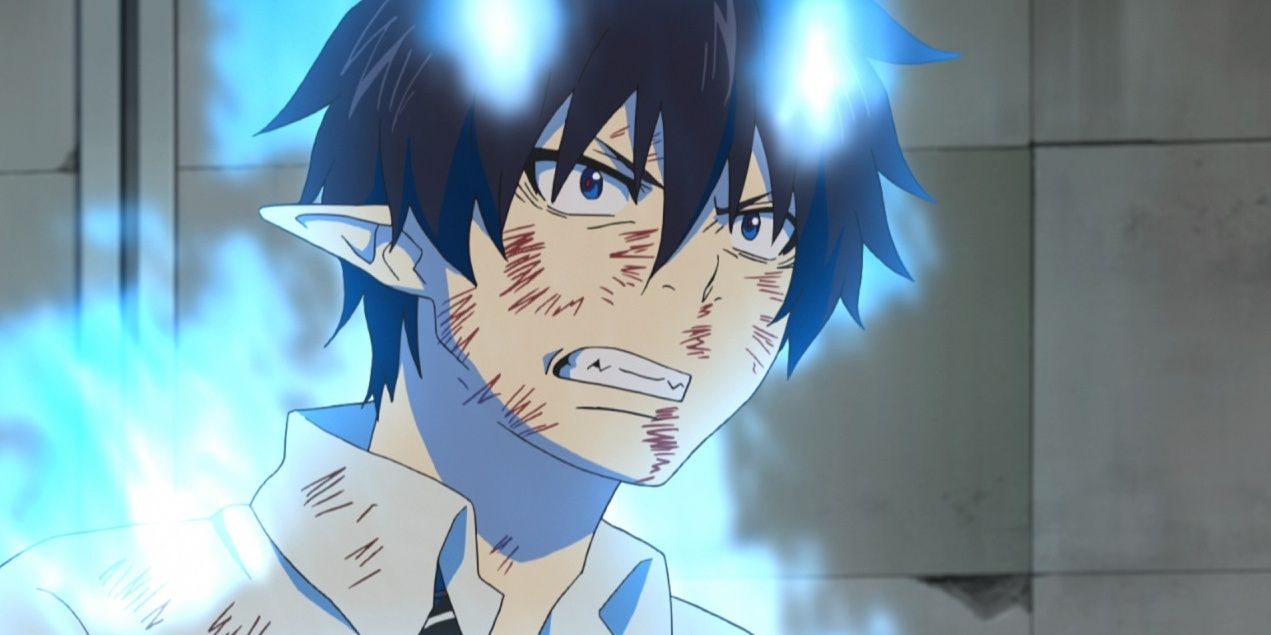
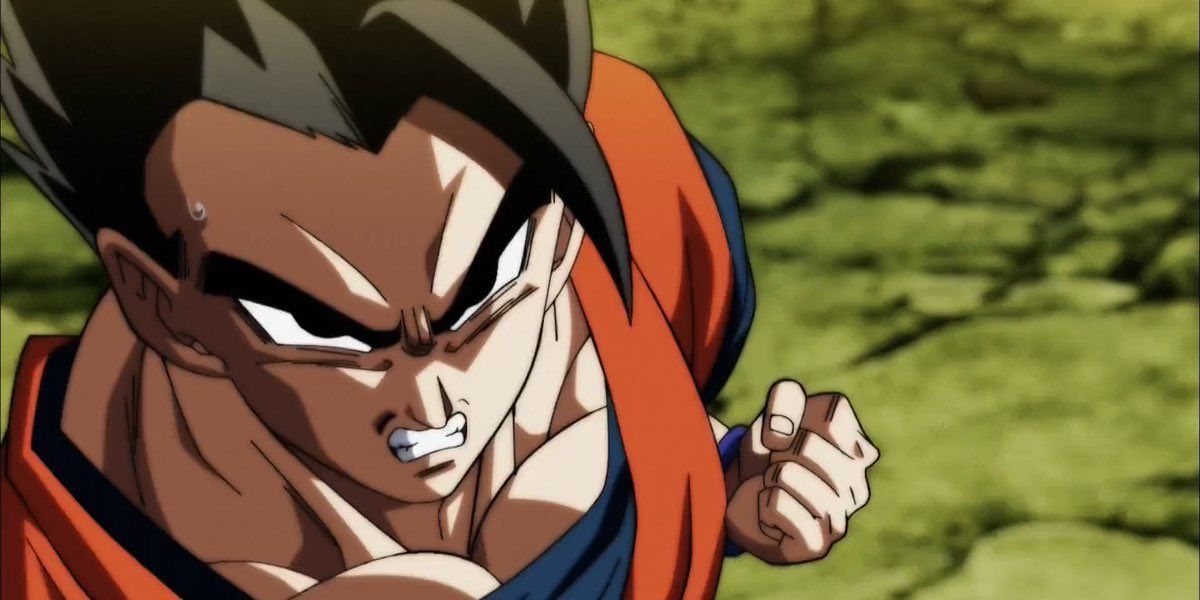
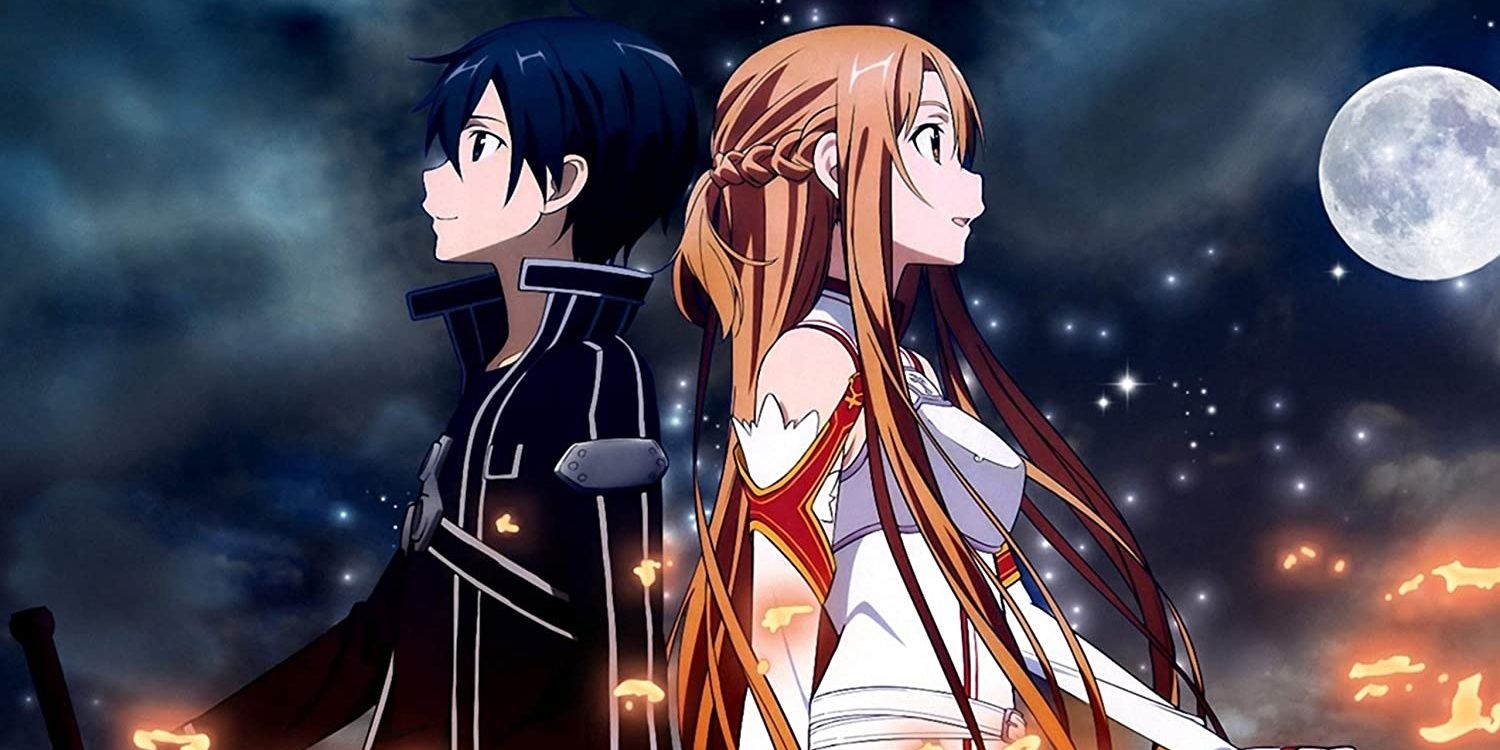
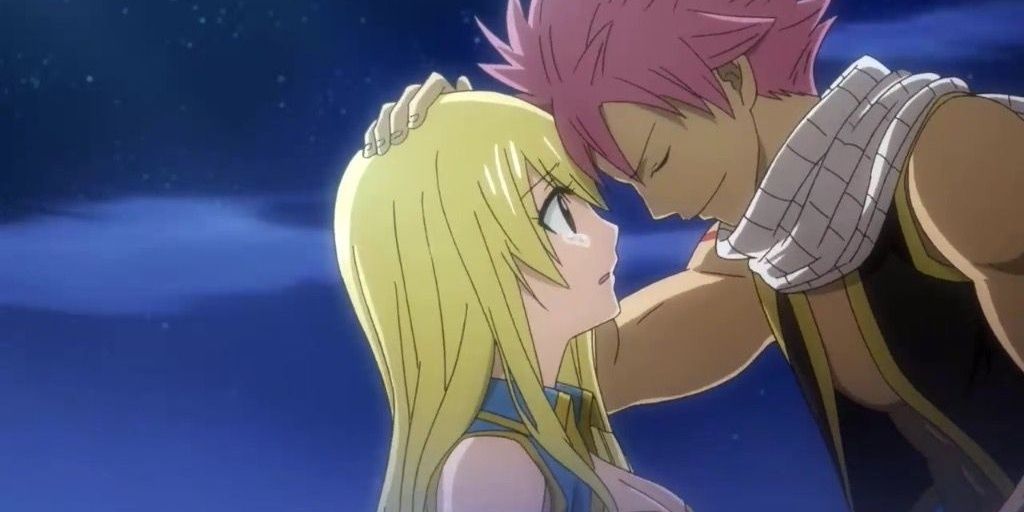
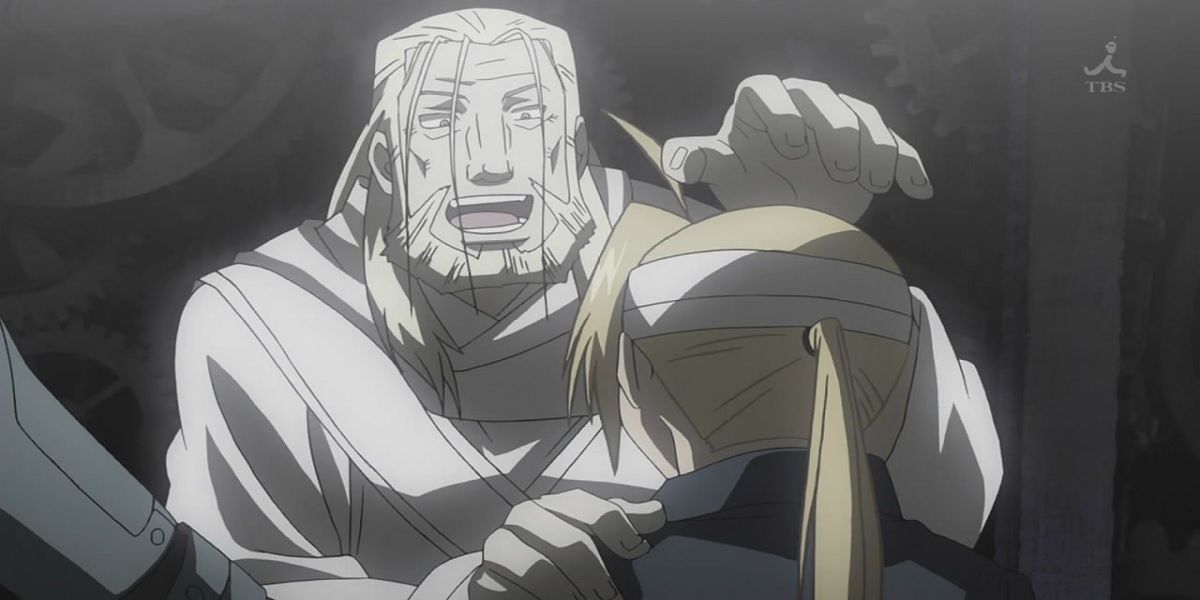
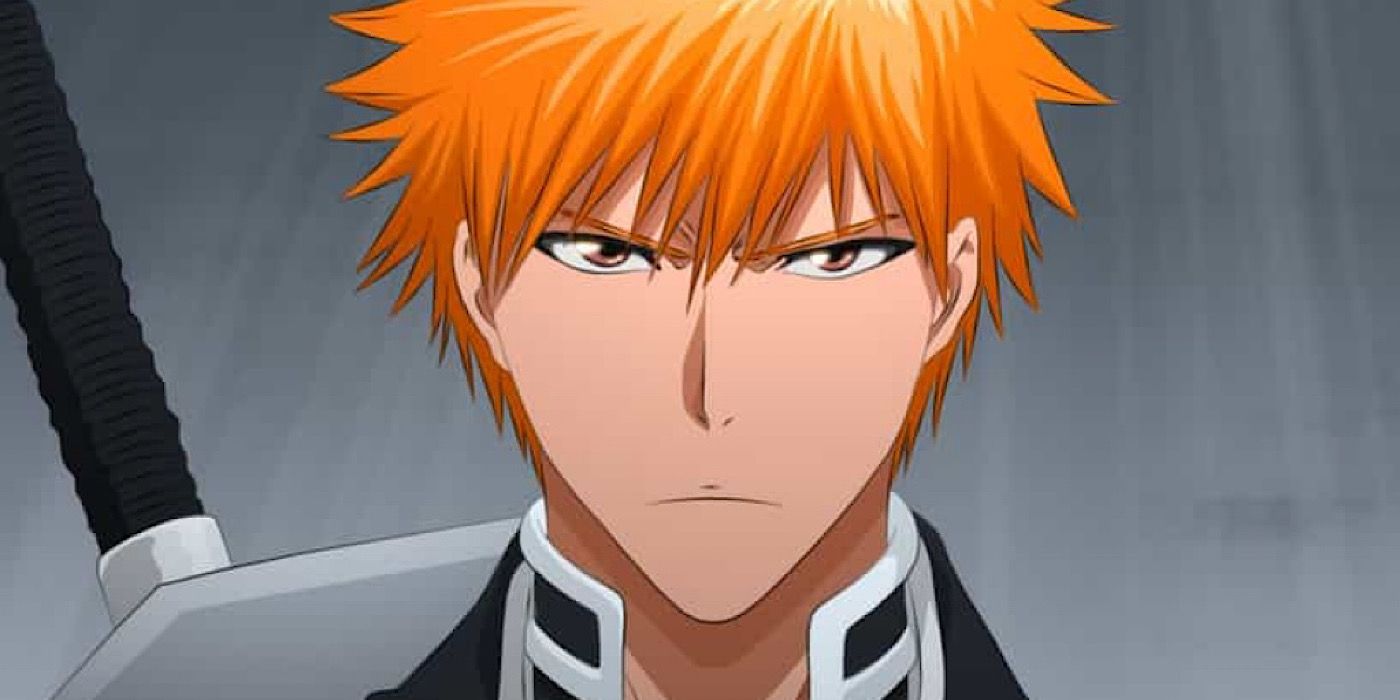
.jpg)
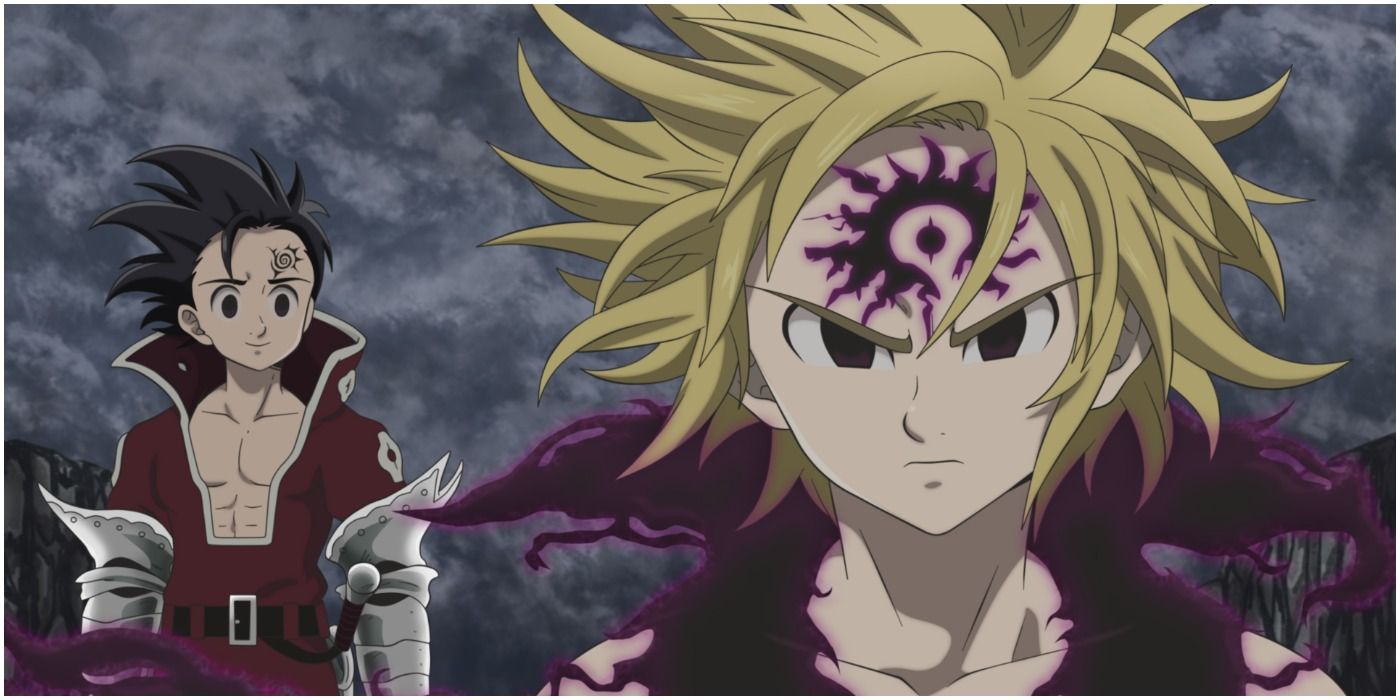
.jpg)